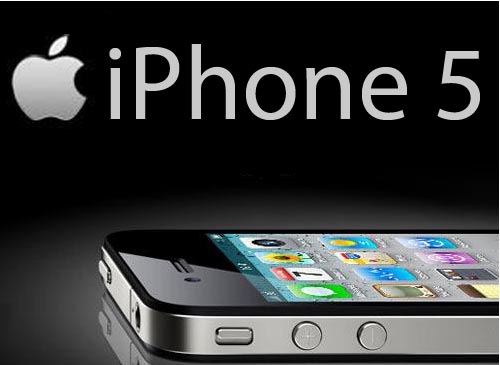The iPhone 4S has helped Apple achieve one of its most profitable quarters since its foundation. However, many were expecting a more revolutionary device and not the evolutionary mobile which they ultimately received. For the sixth iPhone, which some are expecting to be called the iPhone 5, Apple is almost certainly going to make these major hardware changes that had previously been anticipated. But what does this mean from an app developer’s point of view? Which features will change the way that software can be built for the next iPhone?
The first feature that will be the most important for developers to take into account is the display, from the point of view of both its size and resolution. The original iPhone used a 3.5 inch screen and to this day the iPhone 4 and 4S have kept the same basic dimensions. This is despite the fact that the increased pixel density of the Retina Display introduced in 2010 gave subsequent models a much more competitive edge.
3.5 inches is looking quite restrictive in the modern market, where four inches or more of diagonal screen real estate is essential. With models such as the Samsung Galaxy Nexus packing in 4.65 inches of screen in a slender, portable form, it is surely going to be necessary for Apple to rethink things for the iPhone 5 and introduce a bigger display. Rumours suggest that it could be between 4 and 4.3 inches in size, so developers will have more space available to them.
The resolution is also likely to rise as the screen size increases. The Galaxy Nexus has a HD pixel count of 1280×720, so Apple will be looking to compete in this respect as well. A greater number of pixels means that apps will need to feature higher-resolution textures and more detailed character models, particularly when it comes to 3D gaming. This will increase the demands on the processing hardware, which leads us to the next area of anticipated improvement for the iPhone 5.
The dual-core CPU and advanced graphics found on the iPhone 4S mirrored the technology that launched with the iPad 2 in early 2011. The iPhone 5 is expected to follow this pattern and ultimately end up with similar specifications to the iPad 3. This will mean that the quad-core A6 processor, based on ARM architecture, is destined for the iPhone 5, along with all sorts of extra technological bells and whistles to increase the appeal of the handset. Game series such as Infinity Blade have shown what the current crop of iPhones can achieve, but developers will be able to take graphical fidelity even further with the iPhone 5.
The final factor for developers is the type of network connectivity that the iPhone 5 will feature as standard. Many industry insiders expect that it will have 4G LTE compatibility, allowing it to enjoy much faster download speeds than its predecessors. This could make advanced online gaming a possibility, while also making it easier for users to download large applications when they are on the move.
Whatever the iPhone 5 offers for developers and users, the one certain fact is that the app ecosystem supported by Apple’s handsets is still one of the best places for developers to promote and sell their new programs. The new phone will make it an even more appealing market.
